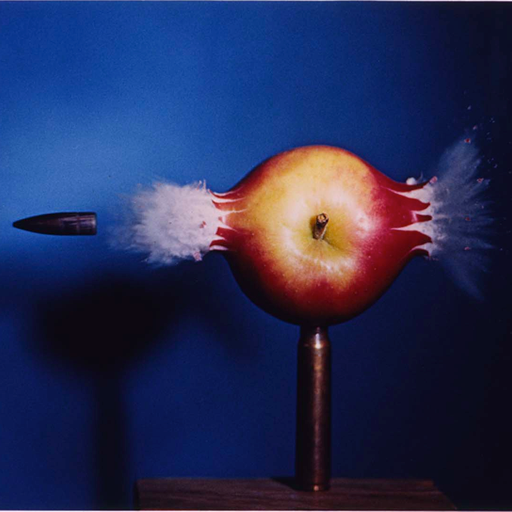

- Muzzle energy calculator aoa full#
- Muzzle energy calculator aoa Bluetooth#
- Muzzle energy calculator aoa mac#
Here, the signal and noise subspaces are calculated using linear algebra and are orthogonal to each other. Since this algorithm takes uncorrelated noise into account, the generated covariance matrix is diagonal. The main approach of this algorithm is the decomposition of the covariance matrix of the received signal into eigenvalues. Therefore, we decided to use the more accurate MUltiple SIgnal Classification algorithms. The solution to the problem was the choice of the frequency channel at which the angle obtained from the phase difference has the closest value to the real one.ĭespite the resolved issues, the phase difference is stable but quite noisy.
Muzzle energy calculator aoa Bluetooth#
It turned out that they correspond to the switching of the frequency channels on which Bluetooth works (37: 2402 MHz, 38: 2426 MHz, 39: 2480 MHz). And even after solving these problems, we could not understand where the jumps in the phase difference between random data packets come from.
Muzzle energy calculator aoa full#
Muzzle energy calculator aoa mac#
We just forgot to add parsing by MAC addresses of devices :)

And by doing this for at least several antennas, the receiver can calculate at what angle the transmitter signal is coming. Thus, the receiver can sample the IQ components of the signal and determine the phase of the signal. To enable AoA, the Bluetooth Direction Finder feature must add a Constant Tone Extension (CTE) to the data packet. With the introduction of the Bluetooth 5.1 standard, it became possible to determine the direction of an incoming signal by using the angular phase shifts that occur between antennas when they receive RF signals. AoA angle of arrival belongs to Bluetooth® triangulation based methods. The Angle of Arrival method provides for the use of not only the signal strength (RSSI) but also the angle of its arrival, which allows calculating the exact location of the object within the range of 0.1 - 1 m. In such situations, AoA based positioning, whose realization is possible thanks to the Bluetooth® 5.1 technology, comes for help. Many real-time location systems (RTLS) require high accuracy of results, up to several centimeters.


 0 kommentar(er)
0 kommentar(er)
